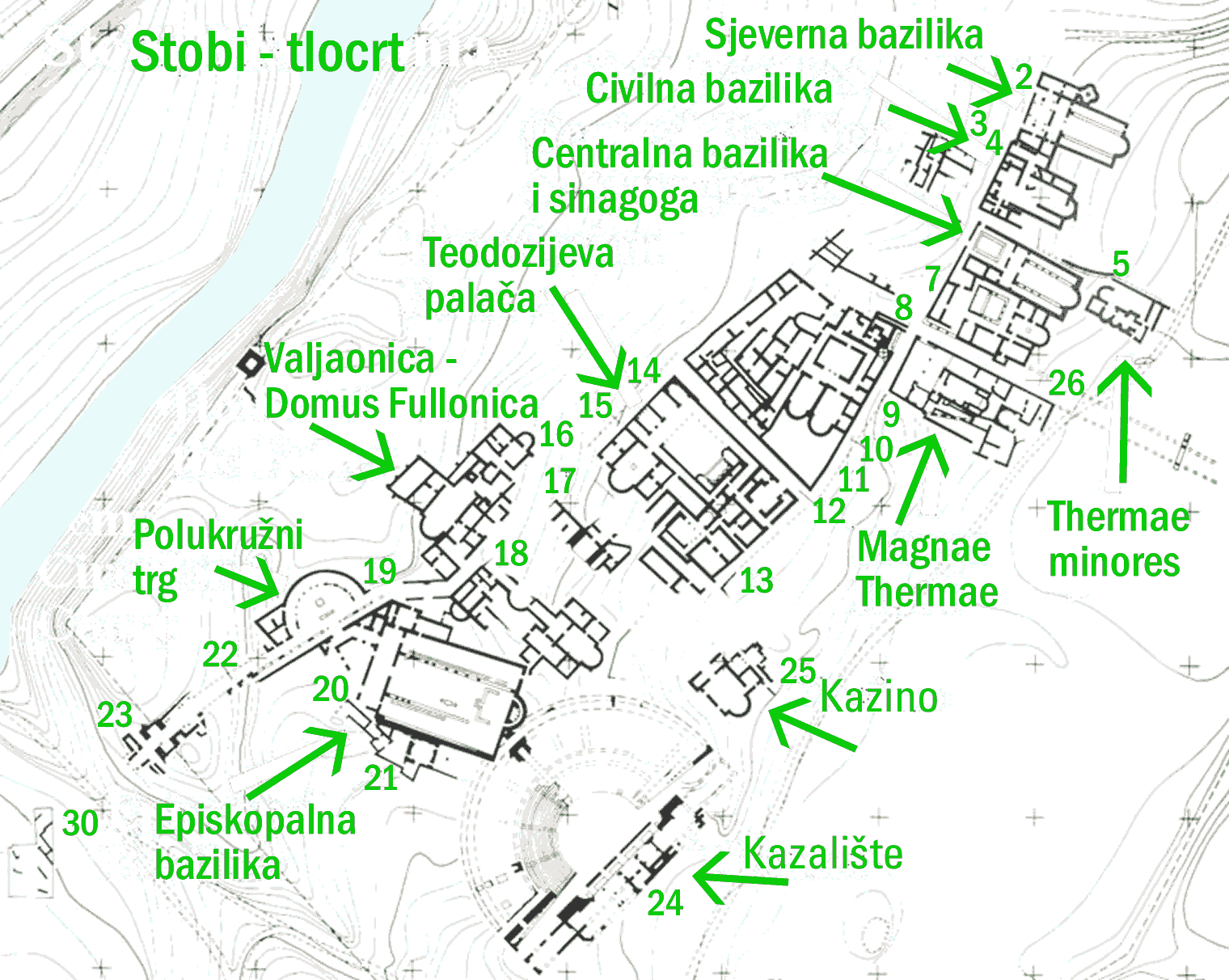|
Borka Dragojević-Josifovska
Borka Dragojević-Josifovska, in Serbian: ''Борка Драгојевић-Јосифовска'' (1910 - 2004) was a Bosnian archaeologist, museum curator, numismatist and philologist, who was Professor of Classical Philology at Ss. Cyril and Methodius University of Skopje, and who worked mainly on classical archaeology in North Macedonia. Biography Dragojević-Josifovska was born in 1910 in the Bosnian Serb village of Gornja Srbica, which was then part of the Austro-Hungarian empire. She graduated in 1934 with a degree in Classical Philology and Archaeology, awarded by the Faculty of Philosophy, University of Belgrade. From 1948 to 1958 she worked as a curator at the Archaeological Museum of Macedonia in Skopje, where in 1956 she curated the museum's lapidarium. She was then appointed as a lecturer Latin at the Department of Classical Philology at Ss. Cyril and Methodius University of Skopje, where she worked until 1976. From lecturer she was promoted to Senior Lecturer ... [...More Info...] [...Related Items...] OR: [Wikipedia] [Google] [Baidu] |
Serbian Language
Serbian (, ) is the standard language, standardized Variety (linguistics)#Standard varieties, variety of the Serbo-Croatian language mainly used by Serbs. It is the official and national language of Serbia, one of the three official languages of Bosnia and Herzegovina and co-official in Montenegro and Kosovo. It is a recognized minority language in Croatia, North Macedonia, Romania, Hungary, Slovakia, and the Czech Republic. Standard Serbian is based on the most widespread dialect of Serbo-Croatian, Shtokavian (more specifically on the dialects of Šumadija–Vojvodina dialect, Šumadija-Vojvodina and Eastern Herzegovinian dialect, Eastern Herzegovina), which is also the basis of Croatian language, standard Croatian, Bosnian language, Bosnian, and Montenegrin language, Montenegrin varieties and therefore the Declaration on the Common Language of Croats, Bosniaks, Serbs, and Montenegrins was issued in 2017. The other dialect spoken by Serbs is Torlakian dialect, Torlakian in south ... [...More Info...] [...Related Items...] OR: [Wikipedia] [Google] [Baidu] |
Stobi
Stobi or Stoboi (; ; ; ), was an ancient town of Paeonia (kingdom), Paeonia, later conquered by Macedon, and finally turned into the capital of the Ancient Rome, Roman province of Macedonia Salutaris. It is located near Gradsko, North Macedonia, Gradsko, North Macedonia, on the main road that leads from the Danube to the Aegean Sea and is considered by many to be the most famous archaeological site in North Macedonia. Stobi was built where the Crna River (Vardar), Erigon (Crna River) joins the Vardar, Axios (Vardar), making it strategically important as a center for both trade and warfare. The pre-Roman period Stobi developed from a Paeonian settlement established in the Archaic Greece, Archaic period. Located on the northern side of a terrace, the early town covered an area of about . Its proximity to the junction of the Erigón and Axiós Rivers as well as its position in the fertile central Vardar valley allowed it quickly to develop a flourishing economy and to establish t ... [...More Info...] [...Related Items...] OR: [Wikipedia] [Google] [Baidu] |
Bosnia And Herzegovina Women Curators
Bosnia and Herzegovina, sometimes known as Bosnia-Herzegovina and informally as Bosnia, is a country in Southeast Europe. Situated on the Balkans, Balkan Peninsula, it borders Serbia to the east, Montenegro to the southeast, and Croatia to the north and southwest, with a coast on the Adriatic Sea in the south. Bosnia (region), Bosnia has a moderate continental climate with hot summers and cold, snowy winters. Its geography is largely mountainous, particularly in the central and eastern regions, which are dominated by the Dinaric Alps. Herzegovina, the smaller, southern region, has a Mediterranean climate and is mostly mountainous. Sarajevo is the capital and the largest city. The area has been inhabited since at least the Upper Paleolithic, with permanent human settlement traced to the Neolithic cultures of Butmir culture, Butmir, Kakanj culture, Kakanj, and Vučedol culture, Vučedol. After the arrival of the first Proto-Indo-Europeans, Indo-Europeans, the area was populated ... [...More Info...] [...Related Items...] OR: [Wikipedia] [Google] [Baidu] |

